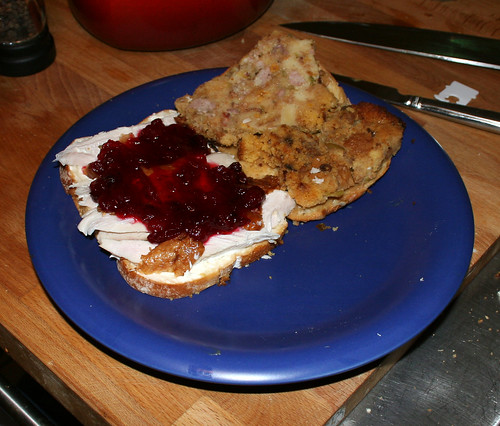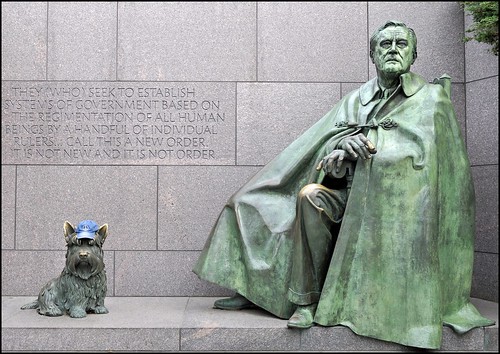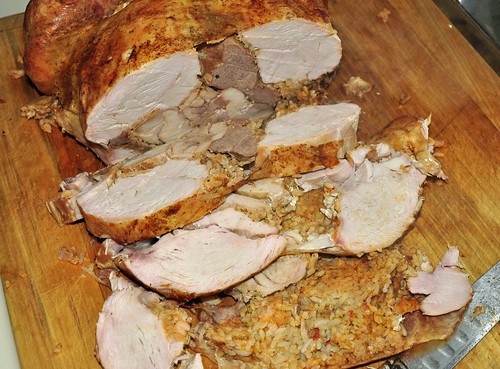Continuing our series on the art of naming, today we talk to Michael Cronan and Karin Hibma, founders of : : CRONAN : :.
: : CRONAN : : is a Bay Area-based naming and brand design agency that has named many iconic consumer products and companies, including TiVo, Amazon Kindle, and the Kno tablet.
Michael has a background in fine arts. He taught at the California College of Art, Oakland and San Francisco for 20 years, was consulting product development and design director of the SFMOMA MuseumStore, is a founding member and former president of the American Institute of Graphic Arts San Francisco chapter, and much more.
Karin also has a fine arts background, working as a freelance design researcher and founding a creative research company and an award-winning product development company. She also recently received the AIGA Fellow lifetime achievement award.
How did you get started in the naming business?
It has become our sweet spot. Designers have the opportunity to understand a client’s business deeply and help them achieve their goals. We were fortunate to cut our teeth with designing for national and international branding, corporate identity packaging, store design clients – in a very wide set of activities.
We’ve had spectacular long-term relationships with Levi Strauss, Estee Lauder, William Sonoma, Blue Cross, Apple, the San Francisco Symphony, the San Francisco Museum of Modern Art, and many more. Naming products and then entire companies came as a natural extension of those pursuits.
During the early 2000s, we began to work more remotely with our teams and clients, coming together at key moments in the process to move projects along very effectively. We realized that we could focus more and more on what for us is the most generative part of the process – the naming and identity design. And we could do it as a collaborative process, helping the clients evolve and grow their business through our approach.
We’ve found that our approach has been productive for our clients. One recently referred to us as “ninjas” as we helped his company move through a very narrow time window to create a new business personality, unify the team, and create a platform for their growth, all announced with new company, brand, and product names, as well as a dynamic new identity.
What types of customers and clients do you work with?
We work with companies in high technology, consumer products and mobile apps, community foundations, banking, movie and music entertainment – the category of clients is always mixed. We work with those companies who are making a strategic change with an eye to national or international reach, from conceptualizing a new service, starting a new company, launching a new product, all the way to re-energizing an existing brand. There is a spectrum of points where we get involved.
Minimizing the risk of change and expanding change’s positive branding opportunities for company leaders is essentially what we do. We help our clients answer who they are, and move from where they are to where they want to be. We only work with the leaders and the key decision-makers in a strategic team they pull together. We always have the leader’s direct line and they are in the majority of meetings. As it turns out, that is very powerful. It is one of the things that makes what we do work.
Please describe the naming process. Do you usually start with ideas, or do you find your customers often have their own ideas already?
We never start with ideas just because we will get distracted before we truly know what it should be, or even what it can be.
And we do find that clients come with and have pretty terrific ideas. Sometimes they have exhaustive lists of names they’ve generated but not found yet the answer. If they don’t bring ideas and lists, they do work with us in a collaborative environment created to give them the confidence and excitement they need to bring their ideas forward, appreciate ours, and to find what they need and want to get to YES – that’s the answer!
We design the exact approach around each client and for their project. We work in various ways but the core of our process begins with what we call Deep Listening. We listen and picture the results of what the client intends to do with all the positive outcomes and everything fitting into place, essentially focused on long extended success. We do this as a thought experiment, but we remove any critique from our thinking. We try to live in that positive outcome reference before we come back and look at the project from a critical point of view. There is always plenty of time to critique and evaluate what may or may not work.
Deep Listening helps us understand that an idea needs a chance to live before it can work. It is our way of getting on the same page with our clients and quickly sharing their vision without forsaking the discriminative abilities and successful outcomes they pay us for.
That Deep Listening phase includes a one-room meeting with all the people that will have input on the decisions including the CEO, founder, partners, executive director, chairman – you name it. We get them to speak about why they believe in what they do. We call the meeting an Intensive because many times the outcomes are well, intensive, with everyone speaking personally and responding directly to the questions we ask.
At the same time there is a lot of laughter in the meetings. Plato said something about learning more about a person with an hour of play than in a month of conversation. When you play or laugh, you drop your guard and new ideas can enter your consideration set and the realm of possibility.
And finally finding the right naive questions to ask of our clients and ourselves is probably the key to our process and the success we’ve enjoyed. Asking the right questions is a way to rapidly uncover what is not being considered and many times, leads to higher order thinking. When you get to that point the choices and design become easy.
What are some resources that you use?
We use a mad set of classic and multi-lingual dictionaries and of course Wordnik, plus comparative linguistics, standard search, the US Trademark resources and search urls, all without getting wonky. We need to keep current on business, communication, cultural and design trends while trying to stay as naive and open as possible to new ideas. One thing for sure, experience is and becomes the brand, so we use any means we can to understand and live the client’s product and business experience.
What are some mistakes you’ve seen companies make in terms of naming?
Our favorite is a successful Japanese fermented milk based soft drink that tried to capture the American market, named CALPIS. Sometimes a name can spell doom, or at least something you really do not want to drink.
One client we averted from a potential name disaster years ago was a company that syndicated internet services. They came to us to design their identity after recently investing in the name SYNDIC. They felt the name they had commissioned described what they did. We did not like it because it had SYN in the name as well as a DIC, and the graphic we could envision was funny but wasn’t where we thought they wanted to be.
Syndications were not happy new opportunities, and the name also seemed cold and selfish. We suggested that the naming firm should maybe take a second look. After two weeks the client came back unhappily with SYNDICA, a feminized version of the same name. We renamed and branded them Verio, from the Latin veritas or truth. They lived up to the promise in the name and today are one of planet earth’s largest internet service providers.
What are some new names that you particularly like?
Of those we did not name, how about Pinterest, Instagram, ModCloth, and Zite? They are not overly descriptive yet they communicate the core value being offered in a fresh and appealing way.
What are some trends you’d sooner see die off?
We generally would love to see arcane (fill in the culture) sky god names go the way of the white clouds. If you have to explain the attributes of the sky god and how your company has the same attributes, you have lost.
We’d like to see the overly cute double entendre names split from the scene. Constantly cute works for cupcake shops but a cute name will get more foolish with time. And too geeky names are a dime-a-dozen, indistinguishable from one another.
The oooga booga, zoooma, looma oomph names with too many vowels are hard to remember. Try keeping track of where you are driving in Hawaii. Without GPS all you have are lovely words with extra vowels.
And consumer drug names in general – it is completely confusing to have 2-3 names for the same product, all un-memorable.
UPDATE: We were saddened to hear of Michael Cronan’s passing on January 1, 2013. Our condolences to his loved ones.




